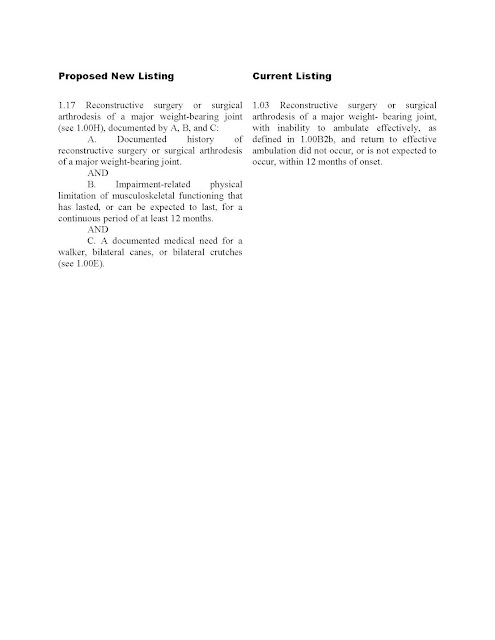From the Shreveport Times:
A federal grand jury indicted a Shreveport surgeon Wednesday for stealing disability benefits ...
John T. Owings, 58, of Shreveport, was charged with one count of theft of government property and one count of concealing that he was ineligible for Social Security benefits. According to the indictment, Owings applied for Social Security disability benefits in March of 2007. After being awarded the benefits, he was required to report if he began working again. He began working in 2012 as a surgeon for the University of California-Davis where was paid $22,000 a month. He was hired in 2013 as an employee of LSU Health Sciences Center Shreveport where he is Endowed Chair and Professor of Surgery to oversee the trauma center and where he is being paid $41,400 a month. Based on his employment, Owings was ineligible to receive disability benefits. However, he concealed the employment changes from the Social Security Administration, and as a result, he received more than $200,000 in government money that he was not entitled to. ...









